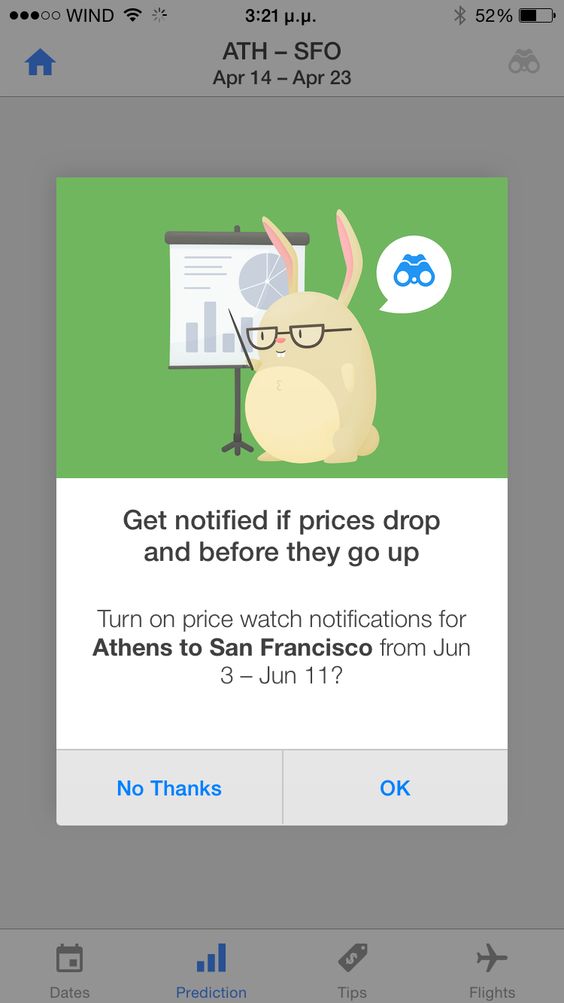Performance optimization is always the top-of-mind issue for every eCommerce entrepreneur.
Besides your designs and services, there are technical factors that are directly related to how your website is running. If not addressed properly, they’ll result in negative lead page performance and prevent your visitors from becoming your actual customer. These include the load speed, mobile experience, and checkout process.
Here we’ve outlined several ways you can implement to optimize your website performance.
1. Improve page load speed
Google recommended an acceptable loading time for an eCommerce website of around 2 seconds. Anything slower than that would risk annoying the customer. Google also takes page-loading speed into account when ordering the results. Therefore, if your page takes forever to load, you’ll probably fall short in your ranking as well.
Fortunately, Google provides users with an explanation of page loading issues and some tips to fix them as soon as possible. Hence to optimize your performance, consider:
Minify code and compress file
Too many unnecessary codes on your website would take it longer to process. Minifying your code by removing spaces, commas, code comments, formatting, etc.
It is also vital to keep your CSS, HTML, and Javascript files smaller than 150 bytes.
Use a CDN
Content distribution networks (CDNs), or content delivery networks, are geographical groups that work together to distribute content over the Internet. In other words, CDNs allow you to store data and images in any data centre around the world. Then, instead of providing information from the main data centre, your page is loaded with data from the nearest place to where your customers locate. This way, page loading speed is improved.
Limit the use of redirection
An act of redirection to another page costs you additional time waiting for the HTTP request to complete. Therefore, don’t stuff your webpage with too many URLs.
Optimize images
The size of a website image should never exceed 1.000 pixels. Many people often use PNG when it comes to image format. However, for photographs, which are often graphics with higher than 16 colours, a JPG file is good enough.
You can use CSS sprites to combine all your images into one large image that loads everything all at once and chooses which part to be displayed. This would save a lot of time as you don’t need to wait for every request to be fulfilled.
2. Leverage your mobile experience
Mobile commerce is growing rapidly. Last year, the mobile eCommerce spending in the US reached $47.8 billion, making up for approximately 31% of total e-retail sales. Companies with a mobile app have a huge advantage in the omnichannel world as people are making more purchases on their mobile devices. Here are some quick tips for mobile performance optimization:
Use a responsive design
A responsive design assures that your web pages are rendered seamlessly regardless of the viewer’s devices, browser, and screen size. Before publishing a theme, remember to preview your design as it will be displayed on every device. Don’t ignore any page, especially the checkout page. Otherwise, you’ll lose a bunch of potential customers because of trivial layout errors.
Redesign your mobile popups

Popup is one of the most effective methods to grab your visitors’ attention from the very beginning. When designing a popup for mobile devices, size is the most important element. A popup that covers the whole screen is extremely annoying. At the same time, make clear that customers can dismiss the popup if they want to with a visible, decent-sized button.
3. Streamline checkout process
Almost 60% of customers abandoned shopping carts before completing the first step within the transaction procedure. Sending a reminder email might help pull these customers back in. However, you should also focus on optimizing your checkout process upfront via:
Show your security badges
Asking a customer to fill in the transaction form with their personal information might be frustrating for fear of privacy leakage. Therefore, having standardized security badges can instill their confidence and avoid them abandoning the shopping cart at the last minute. As long as you have a well-recognized security badge on your website, your reliability is always heightened.

Offer multiple payment methods
Offer your customers as many popular payment options within their regions as possible. In general, always allow for checkout with PayPal and major credit card brands.
Be clear on every cost
Be transparent and make sure that your tax is calculated correctly. You should also provide sufficient information regarding the delivery methods, the cost, the carrier, and the expected delivery time. This way, your customers won’t be black out about what is happening with their package.
More:
Quickly validate the information
If you install a plugin to recognize a company or education email domain, make sure that it responds as soon as the customer types in. This makes them feel like they’re going through a seamless process and keeps them rolling along.
Adopt automation software
Automation software enables merchants to load order information and categorize them according to certain criteria. This helps save time insert data on your CRM and subtly transfer it within the team. The quicker your fulfillment is, the less time your customers need to wait for delivery. When the performance optimization is fulfilled, the satisfaction is increased.
Final notes
eCommerce performance optimization takes a lot of time to be completed. You’ll need to constantly check your website to sort out errors and find a way to improve them. However, it’s totally worth investing in, especially when you don’t want your business to be negatively affected by low search ranking.








